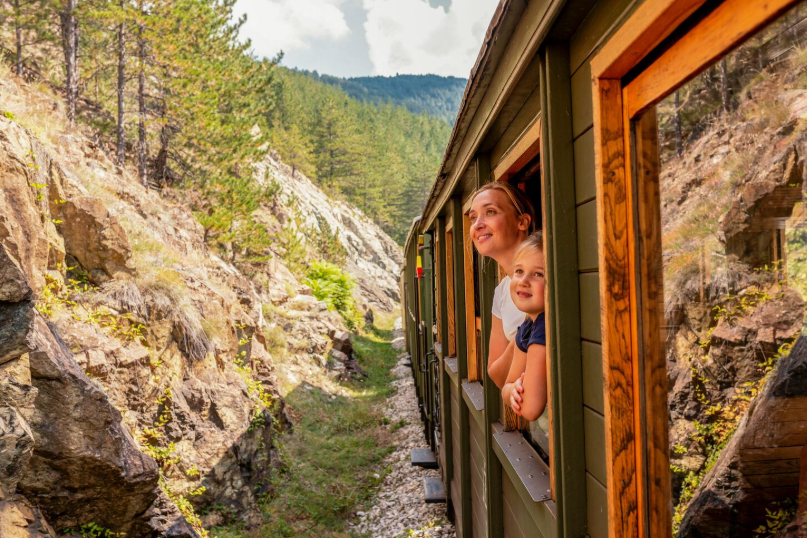
Europe’s Most Beautiful Restaurants with Panoramic Views
Europe’s Most Beautiful Restaurants with Panoramic Views
Introduction
For a company director who values memorable client entertainment, incentive travel, or refined personal time, dining at a restaurant with a panoramic view transforms a meal into an experiential asset. Across Europe, a select group of restaurants marry exceptional cuisine with breathtaking vistas — cliffside terraces, rooftop gardens, lakeside promenades and mountaintop pavilions. These venues elevate networking dinners, board retreats, and hospitality programs by combining culinary excellence with settings that linger in memory and on social feeds.
Why Views Matter for Executive Hospitality
A spectacular view does more than provide a scenic backdrop: it shapes the conversation, enhances perceived value, and amplifies brand storytelling. Clients remember how they felt more than what they ate. For directors planning business dinners or VIP events, the right venue can be a strategic tool — enhancing rapport, signaling taste and demonstrating attention to detail. Choose restaurants where service, acoustics and accessibility match the visual drama to ensure the experience is seamless.
Cliffside and Coastal Dining
Southern Europe boasts dramatic cliffside restaurants that pair fresh, regional menus with unobstructed sea horizons. In locations such as the Amalfi Coast, the Algarve, and Mallorca, multi-terraced establishments allow guests to dine literally on the edge of the world. These sites often operate on a reservation-only basis for prime tables and may provide private dining rooms or exclusive terraces for corporate groups.
What to look for: sunset service, wind-sheltered terraces, and culinary focus on local seafood and market produce. When planning, confirm transport logistics — many cliffside venues require private transfers due to restricted parking and narrow coastal roads.
Rooftop Restaurants in Major Capitals
Europe’s capitals fuse skyline panoramas with urbane culinary concepts. Rooftop restaurants above historic quarters — think Paris, Rome, and Madrid — excel at combining iconic city views with refined menus. For directors hosting international guests, rooftops offer convenience (central location) with the ‘wow’ factor of seeing an entire city at a glance.
Prioritize rooftops with enclosed or retractable roofs for year-round use, sound control for private conversations, and flexible seating plans to accommodate both intimate dinners and larger corporate groups.
Lakefront and Riverside Estates
Northern Italy and Switzerland are synonymous with elegant lakefront dining. Restaurants that overlook Lake Como, Lake Garda, or Lake Geneva provide a serene alternate to urban rooftops. These estates often combine seasonal menus, wine pairings, and private boat transfers for arriving guests — a logistical detail that can elevate a client itinerary into an unforgettable curated experience.
For executives, lakefront venues lend themselves to daytime meetings followed by leisurely meals, or evening receptions where light reflecting off the water creates an intimate atmosphere.
Mountain Top and Alpine Pavilions
The Alps and Pyrenees host restaurants that reward the effort of ascent with sweeping vistas over valleys and glaciers. These mountaintop pavilions are superb for incentive trips and leadership retreats where outdoor activity pairs with gastronomic reward. Many are accessible by cable car, offering guests a sense of arrival that complements the exclusivity of the setting.
When booking, account for weather variability and ensure the venue can accommodate dietary needs in remote settings — the best alpine restaurants combine hearty regional fare with contemporary refinement.
Design-Led and Heritage Venues
Some of Europe’s most compelling view-led restaurants are found in repurposed heritage buildings or design-forward properties. A restored fortress dining room overlooking a fjord or a contemporary glass pavilion perched on archaeological terraces adds intellectual and aesthetic layers to the meal. Such venues are particularly useful for brands seeking a curated narrative — heritage, sustainability, or architectural excellence — to align with client values.
Always request a site visit or detailed photographs to confirm how the view integrates with the dining room layout and whether private dining options meet confidentiality and AV requirements.
Practical Considerations for Directors
1. Booking and exclusivity: Reserve early and secure the best tables or private areas well in advance, particularly during peak travel seasons.
2. Accessibility: Confirm transport and mobility access for VIP guests; some cliffside or mountaintop venues have limitations.
3. Acoustics and privacy: A panoramic view is wasted if guests cannot converse; choose rooms with good sound control or reserve private dining spaces.
4. Weather contingency: Ensure the restaurant has covered or indoor options to protect against sudden changes.
5. Menu and service flexibility: Request a tailored tasting menu or pre-set options to streamline service and avoid delays during important meetings.
How to Incorporate These Venues into Corporate Programming
Use panoramic restaurants as anchor experiences within larger itineraries: a cliffside dinner can close a strategy retreat, while a rooftop lunch may kick off a client’s short city visit. For hospitality programs, consider branded touches such as welcome notes, custom menus highlighting local producers, or small takeaways (limited-edition condiments, curated wine selections) that extend the brand story beyond the meal.
Conclusion
Dining with a panoramic view is an investment in memory-making — the fusion of place, food and company creates impressions that last far longer than a typical business lunch. For directors organizing client-facing events or private retreats, selecting the right view-led restaurant can be a subtle yet powerful differentiator: it demonstrates sophistication, attention to experience design and an understanding of how environment shapes conversation.
Stay Connected for More Travel and Lifestyle Inspiration. For more insights into travel, culture, and lifestyle tips, follow me on Instagram @salvadorordorica. If you’re seeking professional translation and localization services to enhance your global ventures, visit The Spanish Group — your trusted partner in bridging cultures worldwide: The Spanish Group.





